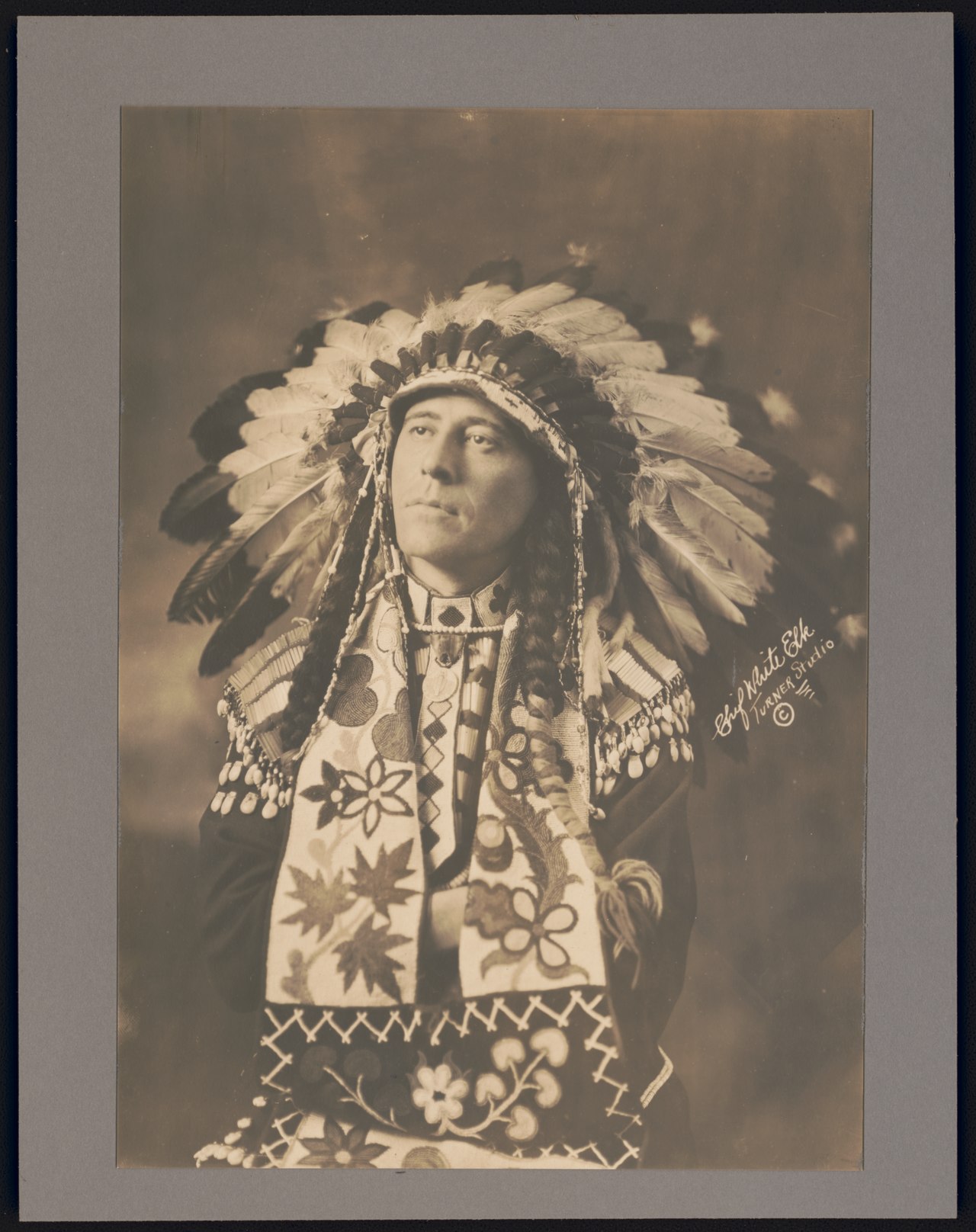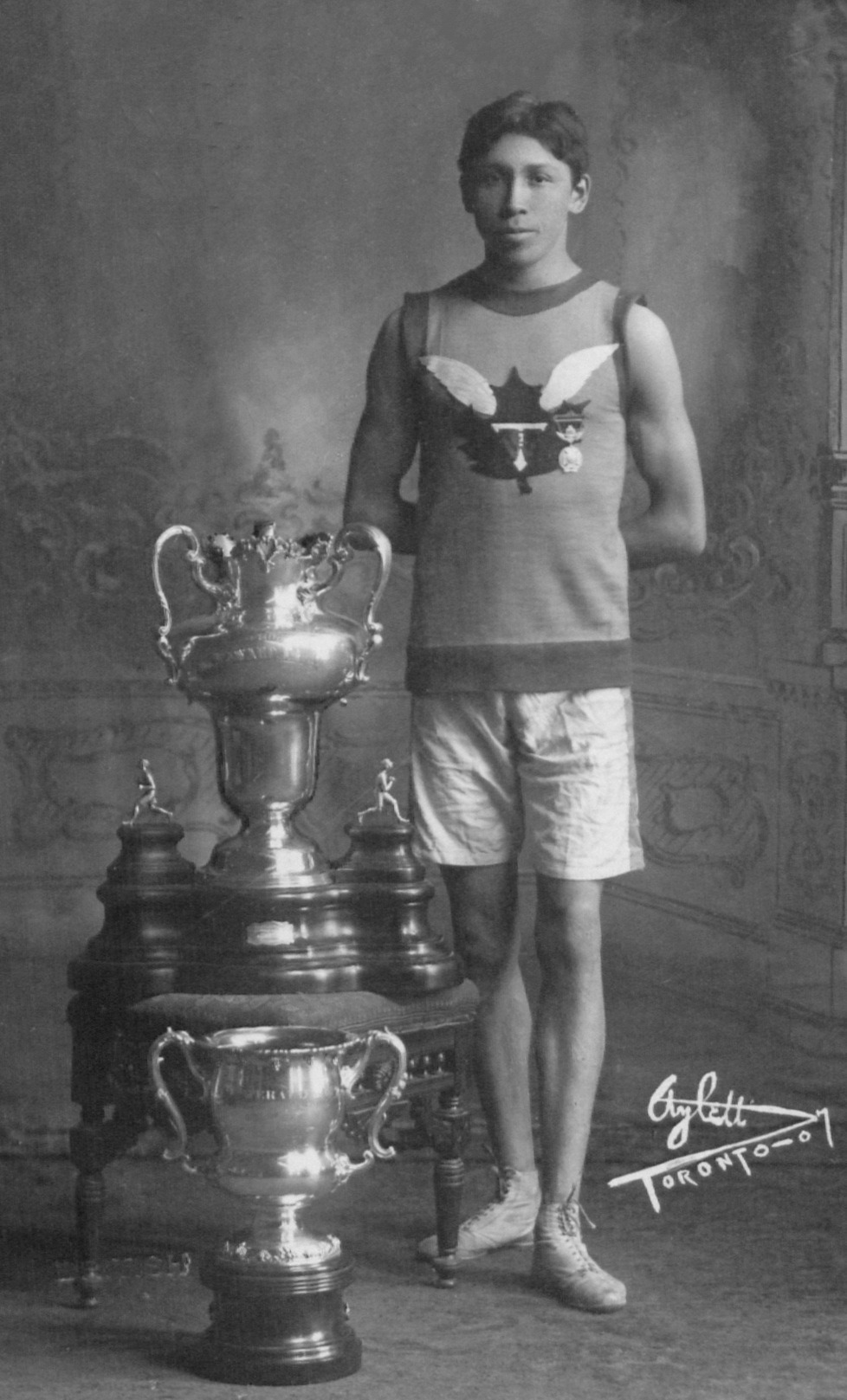Imagine you’re walking a tightrope, balancing between the world of truth and deception; this is the tightrope Edgar Laplante mastered walking on throughout his captivating saga.
As a professional impostor, his life was a series of grandiose fabrications and audacious cons, from masquerading as Chief White Elk to duping the elite of Europe.
The narrative crafted by Paul Willetts not only takes you through these bewildering adventures but also offers a glimpse into the Jazz Age’s fascination with identity and celebrity.
You’ll find yourself questioning the very nature of truth and deception, eager to uncover how Laplante’s elaborate charades finally unraveled.
Childhood Swindler
From an early age, Edgar Laplante mastered the art of deception, starting his swindling career at just 14 in Rhode Island. His knack for trickery wasn’t just a phase; it was a clear indicator of the path he’d tread. You’d be surprised to learn that due to these early acts of fraud, he was sent to a boarding school known for corralling troubled youth. This detour, however, didn’t deter him. Instead, it was merely a pit stop in his journey toward becoming a professional impostor.
Before long, Edgar found a new playground for his deceptive talents: Coney Island. Here, as a Ballyhoo Man, he didn’t just perform; he perfected his craft in manipulating crowds. Imagine him, weaving through the throngs, a smirk hidden behind a facade of earnestness, as he honed the art of the con. His stint at Coney Island wasn’t just about small-time swindles. It was here that Edgar transitioned from simple tricks to elaborate cons, solidifying his reputation as a skilled fraudster. His evolution from a young swindler to a professional impostor wasn’t by chance—it was a testament to his early start in deception, one that began with small schemes in Rhode Island.
The Tom Longboat Ruse
In a daring act of deception, Edgar Laplante impersonated the renowned Canadian Olympian Tom Longboat during WW1, exploiting the athlete’s absence while he served in the war. Starting at Coney Island, this audacious impostor took his ruse on the road. You’d be amazed at how Laplante, without a hint of guilt, paraded around, convincing countless people that he was the professional athlete. His impersonation wasn’t just for show; he went as far as offering training tips to aspiring athletes in Arizona and California, further entrenching himself in the stolen identity.
Imagine the audacity it took for Laplante to live out this deception, especially considering the real Tom Longboat’s heroic service in WW1. Despite the potential for catastrophic exposure, Laplante managed to evade any real consequences even after Longboat discovered the ruse. His ability to slip away, undetected and unpunished, showcases not just his skill as an impersonator but also the boldness of his deception.
This chapter in Laplante’s life wasn’t just a testament to his talent for impersonation but a clear sign of his willingness to exploit and deceive to elevate his own status.
Rise of Chief White Elk
Edgar Laplante’s transformation into Chief White Elk marked an audacious escalation in his career as a professional impostor, captivating audiences worldwide with his elaborate tales of grandeur. As Chief White Elk, a fictitious Cherokee chief, Laplante didn’t just assume a new identity; he crafted a persona that was larger than life. His ability to weave elaborate fabrications not only showcased his skill as a master of deception but also underscored the sheer boldness of his manipulations.
In adopting this new guise, Laplante exploited several key elements:
- A fabricated narrative that proclaimed him a movie star, oil baron, and Cherokee Nation chief, allowing him to weave into the fabric of high society.
- Deception and manipulation, which became the cornerstone of his interactions, earning him admiration from people across two continents, including those in positions of power.
- Elaborate fabrications that were so convincing, they blurred the lines between reality and fiction for his audience, making his lies almost indistinguishable from the truth.
Through the persona of Chief White Elk, Edgar Laplante elevated his status as a professional impostor, demonstrating an unparalleled ability to craft stories and manipulate perceptions for personal gain, leaving a legacy that remains a fascinating study in grift and deception.
European Escapades
Laplante’s journey as Chief White Elk took a dramatic turn upon reaching Europe, where his performances and false heritage quickly captivated audiences. You’d be amazed at how he charmed the European elite with his Indian dances and tales of a fabricated past. But, it wasn’t long before his fraudulent activities caught up with him, leading to legal troubles in England. To dodge the authorities, he fled to Northern England, continuing his deception.
Despite being exposed, you’d think Laplante would stop, but he didn’t. He kept up his fraudulent activities across Europe, leaving a trail of financial losses. His elaborate cons, especially one involving a Viennese countess in Italy, drew the attention of Italian authorities. It was this scheme that led to his downfall.
Laplante’s European escapades finally culminated in his arrest. Convicted for fraud, he faced imprisonment in various European countries. This series of events marked the end of his grand tour as Chief White Elk before his eventual return to the U.S. You can’t help but marvel at how his bold impersonations and cons eventually led to his capture.
Vaudeville Ventures
Diving into vaudeville, he quickly leveraged his impersonation skills to captivate yet another audience. Edgar Laplante, a professional impostor, found in the vibrant world of vaudeville the perfect stage for his deception and fraud. With a flair for the dramatic and an uncanny ability to adopt various personas, Laplante’s vaudeville ventures showcased his audacious exploits, drawing crowds who were completely unaware of the man behind the mask.
In his vaudeville career, Laplante’s most distinguished act was his portrayal of Chief White Elk, a character that epitomized his knack for impersonation. This role not only garnered him acclaim but also fooled the public and press alike, despite being a complete fabrication. His time in vaudeville was marked by:
- Masterful manipulation of crowds, a skill honed during his time as a Ballyhoo Man at Coney Island
- Seamless transition between personas, illustrating his profound deception abilities
- Earning press attention and acclaim, even while operating under a fraudulent identity
Through his vaudeville ventures, Edgar Laplante solidified his reputation as an impostor of extraordinary talent, leaving a legacy of both fascination and infamy in the annals of deception.
Duping the Elite
As he moved beyond vaudeville, Laplante escalated his deceptions, targeting the elite by masquerading as figures of prestige like Chief White Elk. His audacious journey into the world of the elite wasn’t just about blending in; it was about leading the pack. By adopting such illustrious personas, he didn’t just walk among high society—he dazzled them.
Imagine walking into a room where the air is thick with the whispers of the elite, and there, at the center, stands Edgar Laplante. Under the guise of Chief White Elk, he spun tales of valor and heritage that were as captivating as they were false. His deception was not merely for show; it was a calculated move to secure financial gains from those who were all too willing to believe and support him.
| Persona | Target | Outcome |
|---|---|---|
| Chief White Elk | High Society | Financial Gains |
| War Hero | Royalty | Adoration |
| Prestigious Individual | Prominent Figures | Celebrated Status |
| Charismatic Cons | Elite Circles | Successful Deceptions |
Laplante’s journey as a professional impostor reveals a fascinating truth: even the most discerning eyes can be blinded by the allure of a well-crafted identity. His story is a testament to the power of deception and the vulnerabilities of those who, despite their status, crave the extraordinary.
The Fall Unfolds
Edgar Laplante’s descent into disgrace was precipitated by his cocaine addiction, which eroded his marriage and set the stage for his eventual exposure. Your life, once marked by audacious impersonations and grand cons, spiraled out of control as drug abuse took its toll. This cocaine addiction, more than a personal vice, was the catalyst for your downfall, leading to a series of events that would see you fall from the heights of deceitful success to the depths of infamy.
- Your attempt to woo King George V in England ended in embarrassment and exposure by sharp-eyed journalists.
- The elaborate con with a Viennese countess in Italy not only resulted in financial losses but also attracted investigations by the Italian authorities, further tightening the noose.
- Finally, after being unmasked in Switzerland, imprisonment and deportation back to Italy, and then to the U.S., sealed your fate.
Your life as a professional impostor, marked by deception and grandeur, came to a tragic end in Arizona, under the alias White Eagle, Dr. Indian Male. The story of Edgar Laplante is a poignant reminder of how drug abuse, cocaine addiction, and the pursuit of deception can lead to a catastrophic downfall, exposure, and a tragic end.
Bonus Factoids
Peering into the complex web of Edgar Laplante’s life, you’ll uncover fascinating bonus factoids that highlight his unparalleled knack for deception. As Chief White Elk, he brilliantly wove a tapestry of lies, spanning two continents with his elaborate cons, securing fame and fortune along the way. His audacious impersonation of Canadian Olympian Tom Longboat during WW1 is a testament to his chameleon-like ability to assume any identity that would serve his agenda, manipulating situations with ease for personal gain.
Despite the allure of his cunning, Laplante’s life wasn’t without consequence. His skilled grifts and frauds eventually led to legal troubles, imprisonment, and a legacy cemented in the annals of deception as a consummate con artist and impostor. Yet, the saga of his downfall is as compelling as his rise, marked by drug abuse, failed marriages, and financial ruin, culminating in his death under the alias White Eagle, Dr. Indian Male, in 1942.
The book ‘King Con’ chronicles the incredible saga of Edgar Laplante, offering a deep dive into the captivating world of a professional scammer whose daring escapades continue to fascinate those drawn to the darker sides of charm and deception.
Deceit and Deception
Exploring the sources behind Edgar Laplante’s captivating story reveals the depth of research that went into uncovering his complex web of deceit. As a professional impostor, Laplante’s life was a series of elaborate cons that took him from the dusty roads of America to the grand cities of Europe. He sought fame and fortune through deception, assuming identities like Chief White Elk and Tom Longboat to weave his intricate tales.
Delving into Laplante’s journey, you’ll find:
- His ability to marry prominent figures and pose as a war hero, showcasing his unparalleled skill in manipulation.
- The eventual downfall that followed his legal troubles and exposure by the media, highlighting the unsustainable nature of his lifestyle.
- The legacy of this charismatic con artist, preserved in the book *King Con* by Paul Willetts, offering a detailed account of his life’s work.
Laplante’s story is a testament to the lengths one can go for wealth and recognition, only to find that such a foundation built on deception is prone to collapse. Despite his downfall and obscurity in death, his legacy as a master of fraud continues to fascinate and serve as a cautionary tale.
Conclusion
You’ve journeyed through the astonishing life of Edgar Laplante, from his early cons to his audacious rise as Chief White Elk, captivating the elite across continents. His vaudeville ventures and European escapades showcased his unmatched guile.
Yet, every con has its downfall, and Laplante’s was no exception. Through this saga, you’ve glimpsed the glimmer and gloom of a master impostor’s world.
Remember, reality is often stranger than fiction, and Laplante’s tale is a testament to that very truth.

